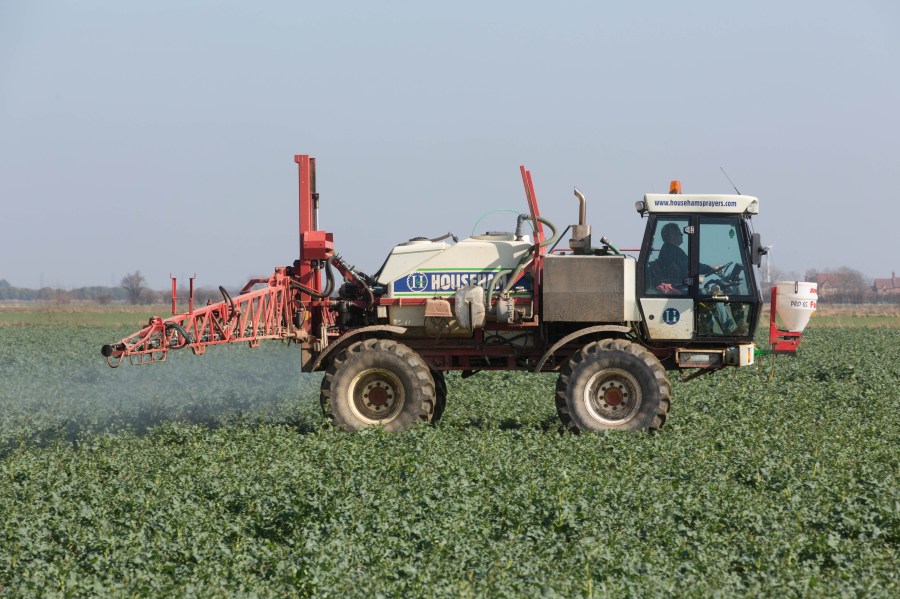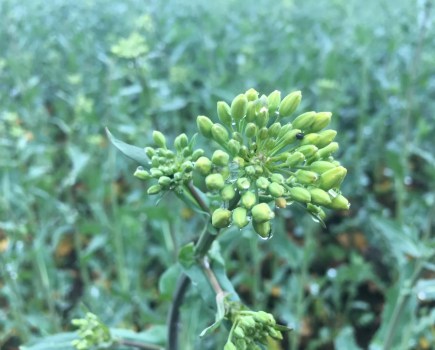Mild winter weather conditions have increased the development of light leaf spot symptoms across the UK, according to results from Bayer’s SpotCheck initiative. CPM reports.
Almost half (45%) of oilseed rape (OSR) leaf samples assessed by Bayer’s SpotCheck initiative between 4 and 11 January showed light leaf spot (LLS) symptoms, demonstrating that the main disease epidemic has begun.
The SpotCheck initiative; a free OSR leaf-testing service in the UK, found varying levels of disease across the country, with the highest level in Northamptonshire, where 47% of plants were affected by LLS three days after incubation.
Mild winter consequences
The mild winter weather this season to date has been favourable for latent LLS infection to develop into visible leaf symptoms.
According to Philip Walker, arable plant pathologist at ADAS, the time period from initial infection to visible lesions is quicker when temperatures are higher.
“The average UK temperature in December was 6°C, so it would take approximately 30 days for an infection occurring in mid-December to be visible now.”
Plan ahead
Now that LLS incidence has risen, growers should take this opportunity to plan fungicide programmes, warns Ben Giles, commercial technical manager at Bayer.
“For crops yet to receive a fungicide with activity against LLS – especially if symptoms are present – the current good ground conditions could allow a spray application, such as around 0.4–0.5l/ha of Proline (prothioconazole),” he says.
“If growers applied a robust fungicide with LLS activity in the autumn, then crops should still be protected at this stage of the season, especially if it went on from mid-November onwards.
“However, because symptoms can be difficult to identify this is a key time to vigilantly walk and examine crops as regularly as possible. I’d also recommend utilising the SpotCheck service to know for sure which diseases are present in your OSR.”
Critical timing
While it might be tempting to leave OSR fungicides until stem extension/early flowering, this is a dangerous game if LLS is already in the crop, adds Mr Giles.
“This timing is at least eight weeks away, and growers may be better served to knock down disease inoculum now to achieve the most effective control, rather than risk waiting.”




